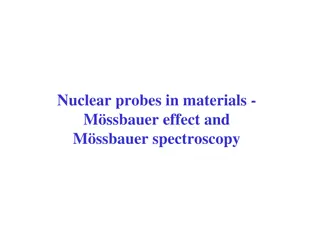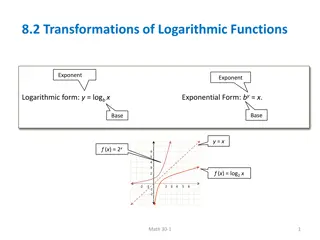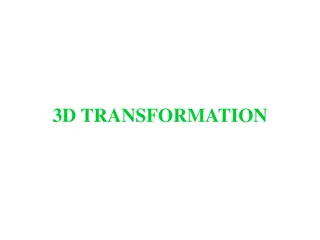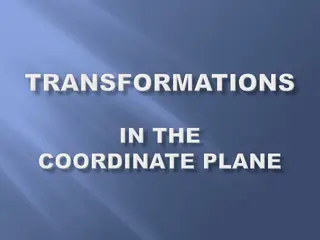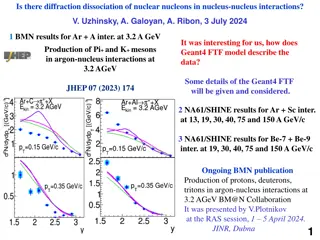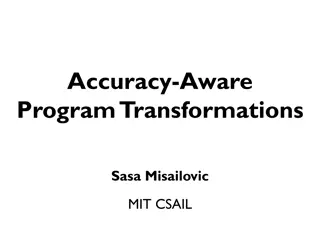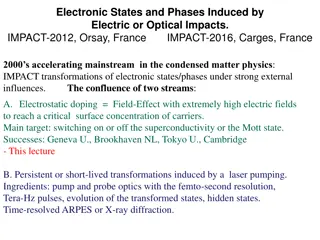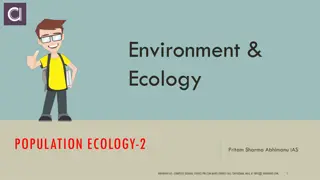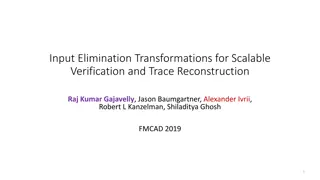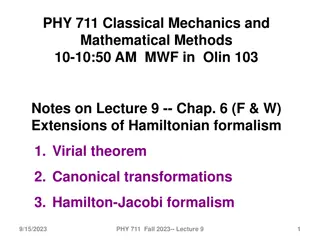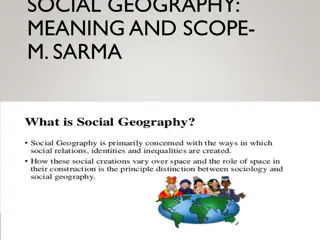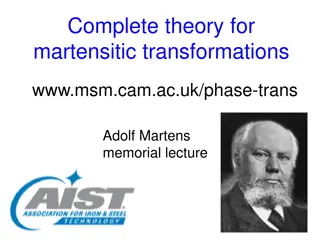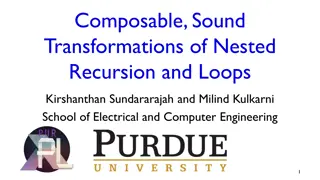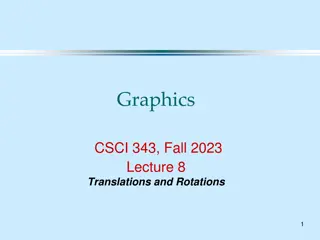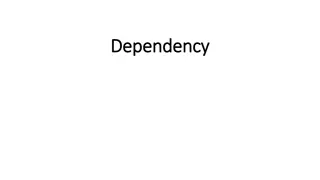Global Interactions and Social Transformations
The content explores the period of global interactions from c. 1450 to c. 1750, highlighting the development of new networks of communication and exchange, evolving forms of social organizations and modes of production, and changes in state consolidation and imperial expansion. It delves into the impact of agricultural advancements, economic shifts, demographic changes, and the Columbian Exchange on societies worldwide during this transformative era.
Download Presentation

Please find below an Image/Link to download the presentation.
The content on the website is provided AS IS for your information and personal use only. It may not be sold, licensed, or shared on other websites without obtaining consent from the author.If you encounter any issues during the download, it is possible that the publisher has removed the file from their server.
You are allowed to download the files provided on this website for personal or commercial use, subject to the condition that they are used lawfully. All files are the property of their respective owners.
The content on the website is provided AS IS for your information and personal use only. It may not be sold, licensed, or shared on other websites without obtaining consent from the author.
E N D
Presentation Transcript
Bell Ringer. On the class calendar.
PERIOD 4: GLOBAL INTERACTIONS, C. 1450 TO C. 1750
Key Concepts 4.1. Globalizing Network of Communication and Exchange. 4.2. New Forms of Social organizations and mode of Production. 4.3. State Consolidation and Imperial Expansion.
Essential Questions. Why were the new Globalizing networks of Communication and exchange developed during this time period? Why were new forms of social organizations and modes of production developed during this time period? How did state consolidation and imperial expansion change during this time period?
New forms of Social Organizations and modes of production. The worlds productive systems continued to be heavily centered on agricultural production throughout this period. Major changes occurred in agricultural labor, the systems, and locations of manufacturing, gender, and social structures, and environmental processes. A surge in agricultural productivity resulted from new methods in crop and field rotations. Economic growth depended on new forms of manufacturing and new commercial patterns, especially long-distance trade.
New forms of Social Organizations and modes of production. Political and economic centers within regions shifted, and merchants social status tended to rise in various states. Demographic growth in Americas, where disease had ravaged the population was restored by the 18thcentury. American food crops surged throughout the Eastern Hemisphere. The Columbian Exchange lead to new ways of humans interacting with their environment.
New forms of Social Organizations and modes of production. The Columbia Exchange led to new ways of humans interacting with their environments. New forms of coerced and semi-coerced labor emerged in Europe, Africa, and the Americas affected ethnic and racial classifications and gender roles.
New forms of Social Organizations and modes of production. I. Traditional peasant agriculture increased and changed, plantations expanded, and demand for labor increased. Changes both fed and responded to growing global demand for raw materials and finished products. A. Peasant Labor intensified in many regions. Ex. The development of frontier settlements in Russian Siberia. Cotton Textile production in India. Silk Textiles production in China.
New forms of Social Organizations and modes of production. B. Slavery in Africa continued both the traditional incorporation of slaves into households and the export of slaves to the Mediterranean and the Indian Ocean. C. The growth of the plantation economy increased the demand for slaves in the Americas. D. Colonial economies in the Americas depended on the range of coerced labor. Examples of Coerced labor. Chattel Slavery Indentured servitude. Encomienda and Hacienda systems. The Spanish adaption of the Inca Mit a.
New forms of Social Organizations and modes of production II. As new social and political elites changed, they also restructured new ethnic, racial, and gender hierarchies. A. Both imperial conquests and widening global economic elites. Examples of new elites. The Manchus in China. Creole elites in Spanish America. European Gentry Urban commercial entrepreneurs in the major port cities in the World.
New forms of Social Organizations and modes of production B. The power of existing political and economic elites fluctuated as they confronted new challenges to their ability to affect the policies of the increasing powerful monarchs and leaders. Existing Elites. The zamindars in the Mughal Empire. The nobility of Europe. The daimyo in Japan. C. Some notable gender and family restructuring occurred, including the demographic changes in Africa that resulted from Slave trades. Examples of Gender and family restructuring. The dependence of European men on Southeast Asian Women for conducting trade in that region. The smaller size of European Families.
New forms of Social Organizations and modes of production D. The massive demographic changes in the Americas resulted in new ethnic and racial classifications. New Ethnic and racial classifications. Mestizos Mulatto Creole



